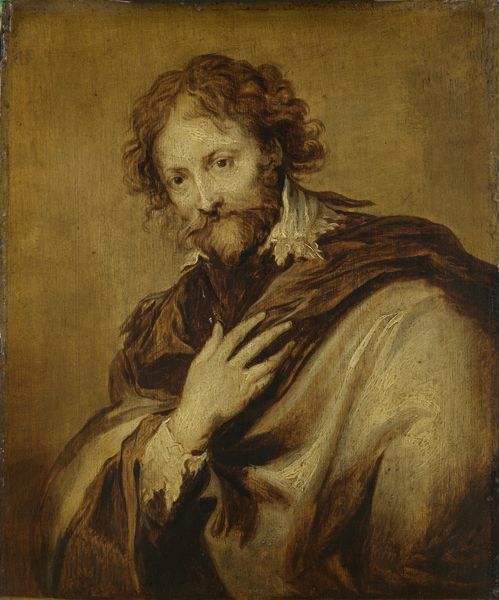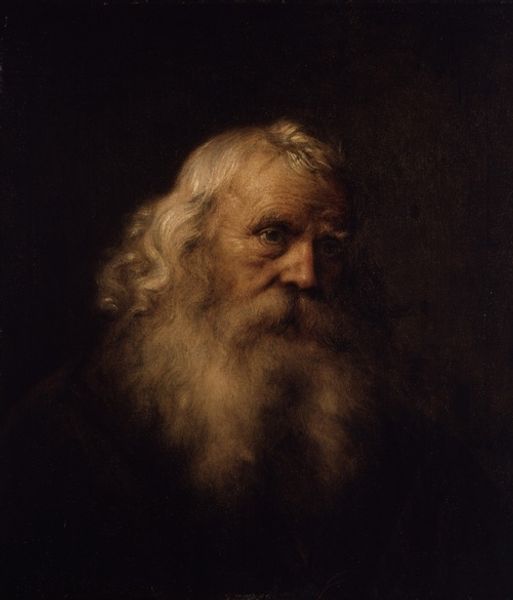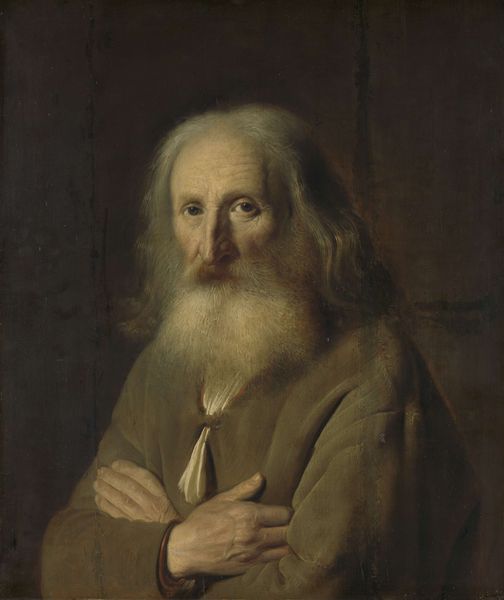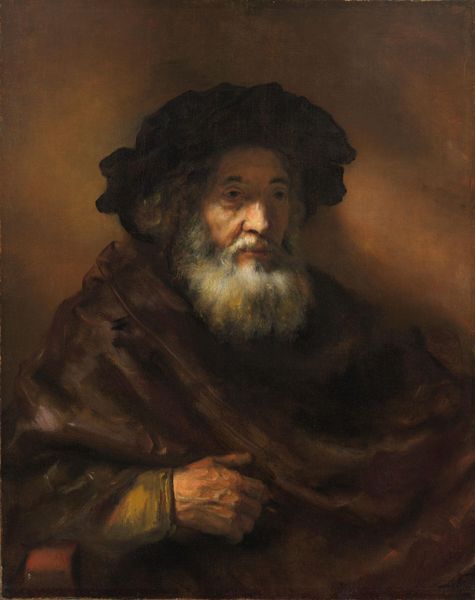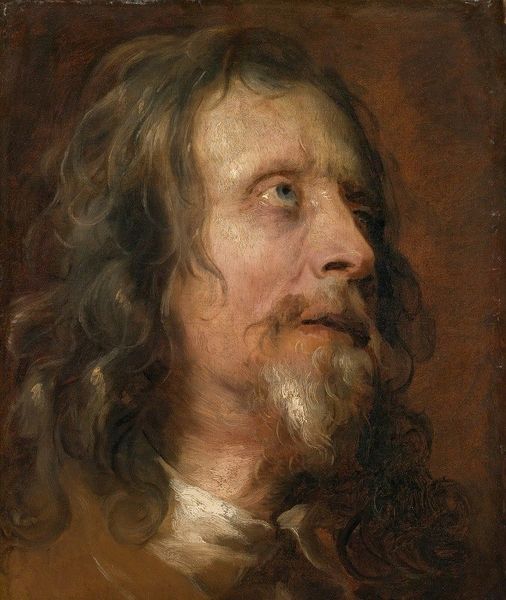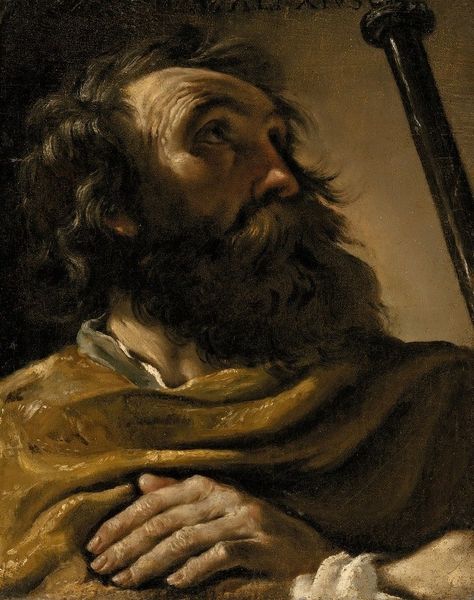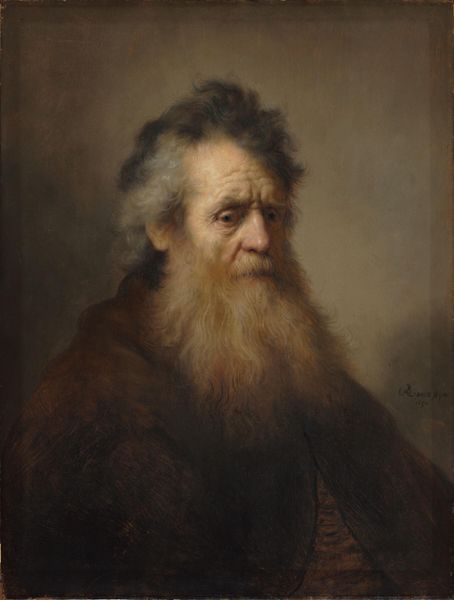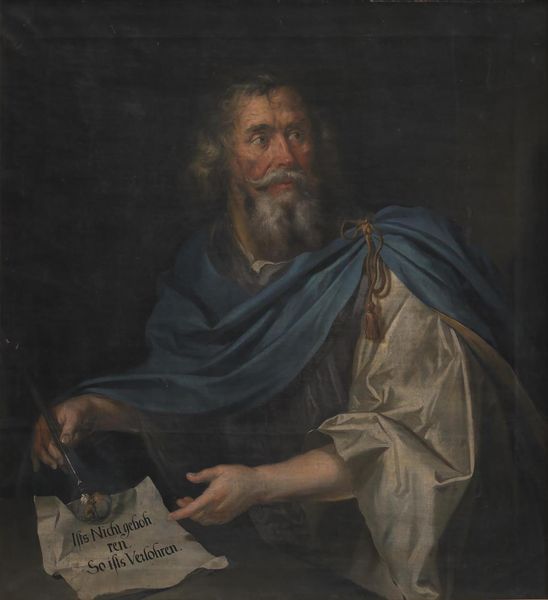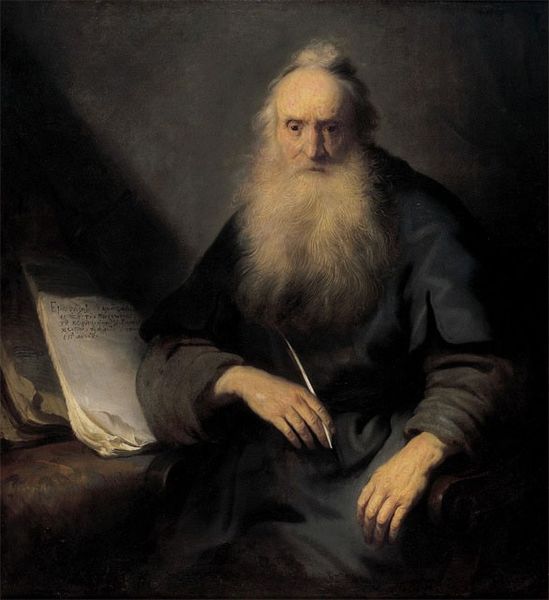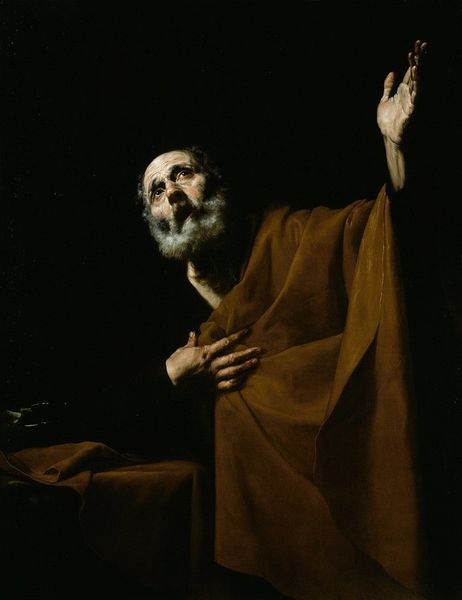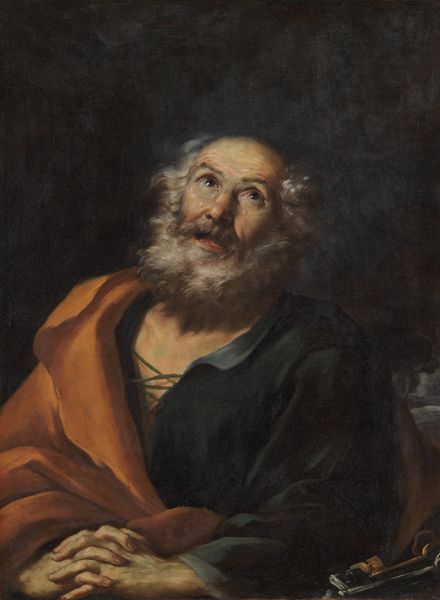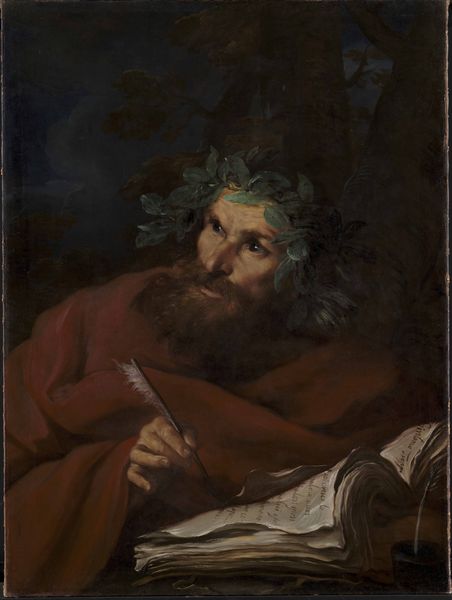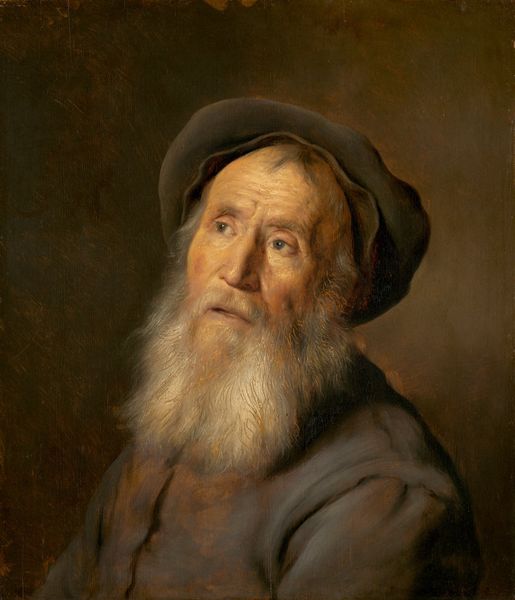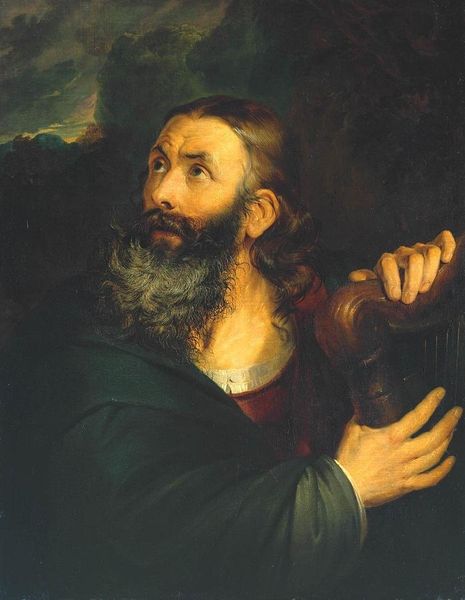
oil-paint
#
portrait
#
baroque
#
oil-paint
#
momento-mori
#
chiaroscuro
#
chiaroscuro
#
history-painting
#
realism
Dimensions: 99.5 cm (height) x 91 cm (width) (Netto)
Heinrich Dittmers painted “Wax Modeller Simon as St. Jerome” in the mid-17th century. It depicts a man posed as St. Jerome, a key figure in the Catholic Church known for translating the Bible. But, there is a twist. Dittmers was a Protestant working in Denmark, where the Reformation had challenged traditional religious imagery. This painting isn't just about religious devotion. It’s about the power of representation itself. The figure in the painting is not a saint, but a wax modeller, an artist crafting images. By combining the image of St. Jerome with that of a wax modeller, Dittmer is making a statement about the very nature of art and image-making. The skull acts as a memento mori, but also as a prop. Is it an image of devotion or of artifice? To understand this, we might look at the history of religious art in Denmark post-Reformation and to Protestant attitudes towards imagery. The social context is key to understanding the artist's intent.
Comments
No comments
Be the first to comment and join the conversation on the ultimate creative platform.
